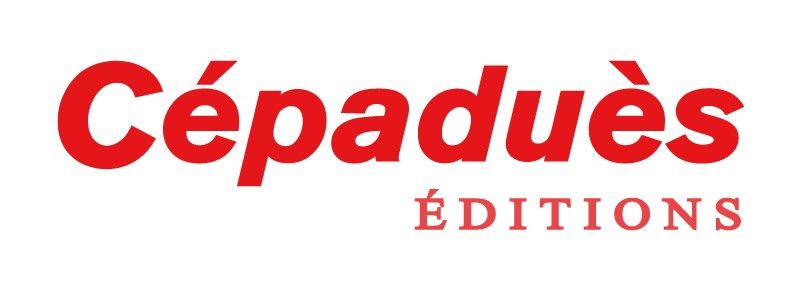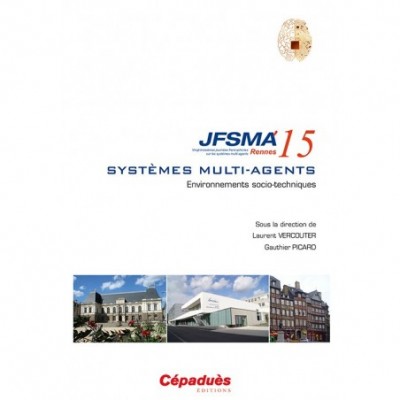Planification de missions multi-satellites par système multi-agent coopératif
La planification de mission de constellations de satellites est un problème complexe soulevant d'importants défis technologiques pour les systèmes spatiaux de demain. L'augmentation de la taille des constellations, les performances évoluées et l'hétérogénéité des satellites sont tous des critères impliquant une combinatoire très élevée. Les techniques actuelles présentent des limites, car elles planifient un satellite à la fois et non la constellation dans son ensemble.
Dans cet article, nous proposons de résoudre ce problème difficile par les systèmes multiagents coopératifs. Une amélioration du modèle AMAS4Opt est présentée, permettant de maximiser la coopération entre les agents du système. De par leurs interactions locales, ces agents, permettent d'obtenir une solution de
bonne qualité en un temps raisonnable, en assurant un partage équitable des tâches au sein de la constellation. Enfin, une comparaison avec l'algorithme Glouton Chronologique, couramment
utilisé dans le domaine spatial, souligne les avantages de l'approche proposée.
Mission planning of constellation of Earth observation
satellites is a complex problem raising
significant technological challenges for tomorrow's
space systems. The increasing size of
constellations, the advanced performances and
heterogeneity of satellites are different criteria
involving a huge combinatorial search space.
The techniques used today have limitations :
they are planning one satellite at a time and not
the whole constellation.
In this paper, we propose to solve this difficult
problem by cooperative multi-agent systems. An
improvement of the AMAS4Opt agent model is
presented to maximize the cooperation level. In
the proposed system, the agents, through their
local interactions, allow to reach a good solution
in a reasonable time, while ensuring a
fair distribution of tasks within the constellation.
Finally, a comparison with the chronological
greedy algorithm, commonly used in the
spatial domain, underlines the advantages of
the presented system.

